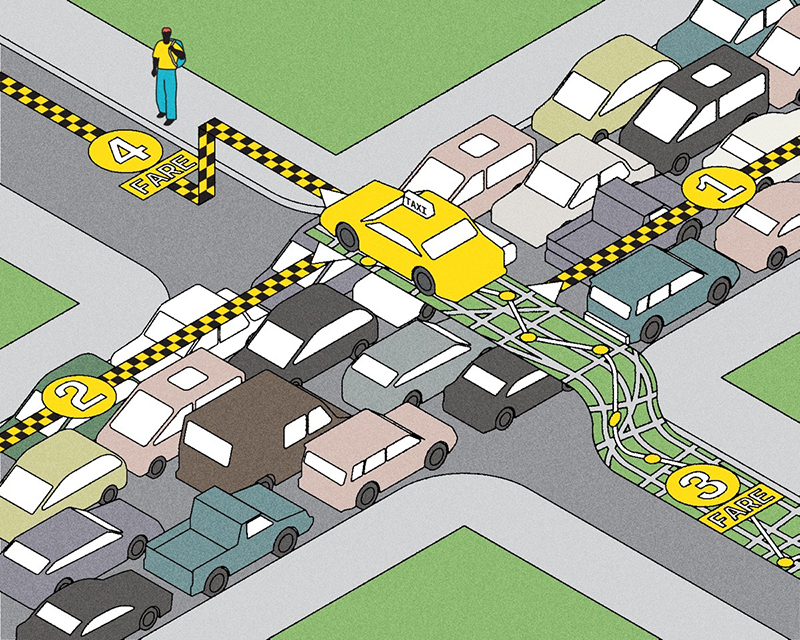Books and television may be introducing millions of people to the field of crime scene investigations, but Professor Tracy Rogers says the exposure has its drawbacks. The practice of forensic science isn’t at all how it’s typically shown on TV, she contends. On television, an investigator is usually one person juggling several tasks simultaneously – running DNA tests, studying ballistics reports and performing pathological analysis. But in reality, it takes an entire team – including scientists, police officers and coroners – to get the job done. Worse, television sensationalizes the job. “It’s like they think the gorier the better,” Rogers laments. Here are a few of her pet peeves about how television portrays crime-scene investigations:
Cases are rarely solved in an hour. “Sherlock Holmes” moments are few and far between.
The scientific method prevails. Crusading detectives operating on hunches and intuition are good entertainment, but nothing more.
Investigations aren’t star vehicles. Forensic scientists are inevitably team players. Their findings are strictly work-by-committee.
There’s little glamour, and certainly no high heels. CSIs get hot, dirty and sweaty. Nobody is ever ready for a close-up.
Recent Posts
People Worry That AI Will Replace Workers. But It Could Make Some More Productive
These scholars say artificial intelligence could help reduce income inequality
A Sentinel for Global Health
AI is promising a better – and faster – way to monitor the world for emerging medical threats
The Age of Deception
AI is generating a disinformation arms race. The window to stop it may be closing



